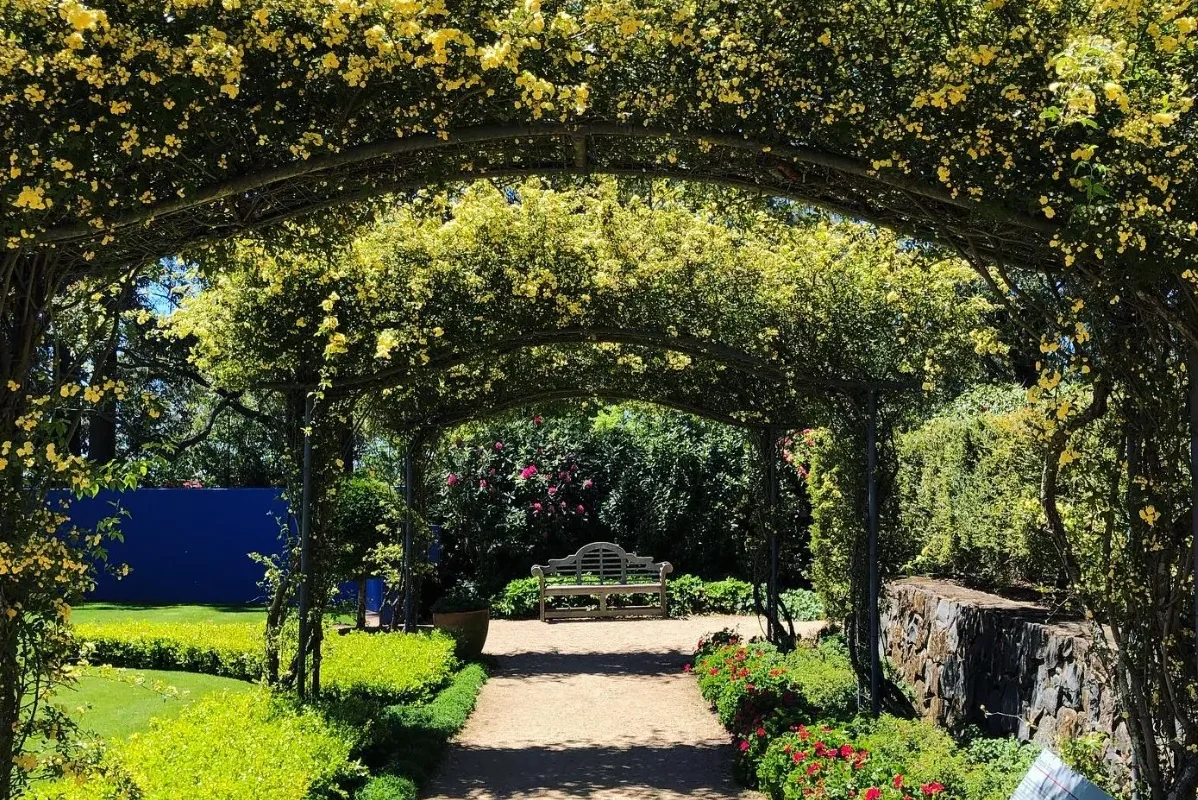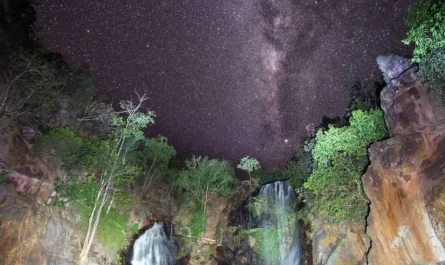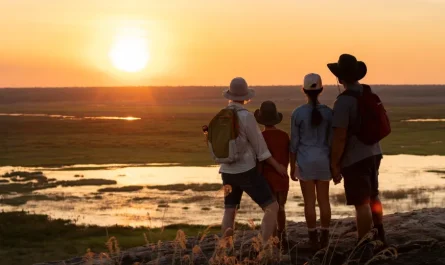Blue Mountains Botanic Garden, Mount Tomah which is sited in the picturesque Blue Mountains National Park gives a chance for people to discover the diversity of Australian plants. The 180 ha botanic garden offers an engaging exploration of diverse plant species and their habitat in Duke’s love of nature – Australia. This garden, with its sweeping views, exquisitely themed gardens, and a wide variety of plants, is a treasury of botanical science and a source of delight for gardeners, tourists, and vehement nature admirers.
The Scenic Appeal of the Blue Mountains
The Blue Mountains happen to be popular and well-known due to their stunning natural scenery of steep cliffs, broad valleys and old rainforests. These landscapes are not pleasant and lovely to look at only, but one can immerse themselves in the surround area and appreciate the smell of eucalyptus, the colorful plants and the sounds made by its fauna. Anyone visiting the Blue Mountains Botanic Garden, Mount Tomah will appreciate such natural beauty by means of different types of gardens and landscapes that highlight the main beauty of the region. The garden encompasses all the aspects of stunning geology in the Blue Mountains, right from the brutal rocky terrain to the damp luxuriant rain forests, which portray the variety of biomass in the Blue Mountains.
Extraordinary Climate and Terrain
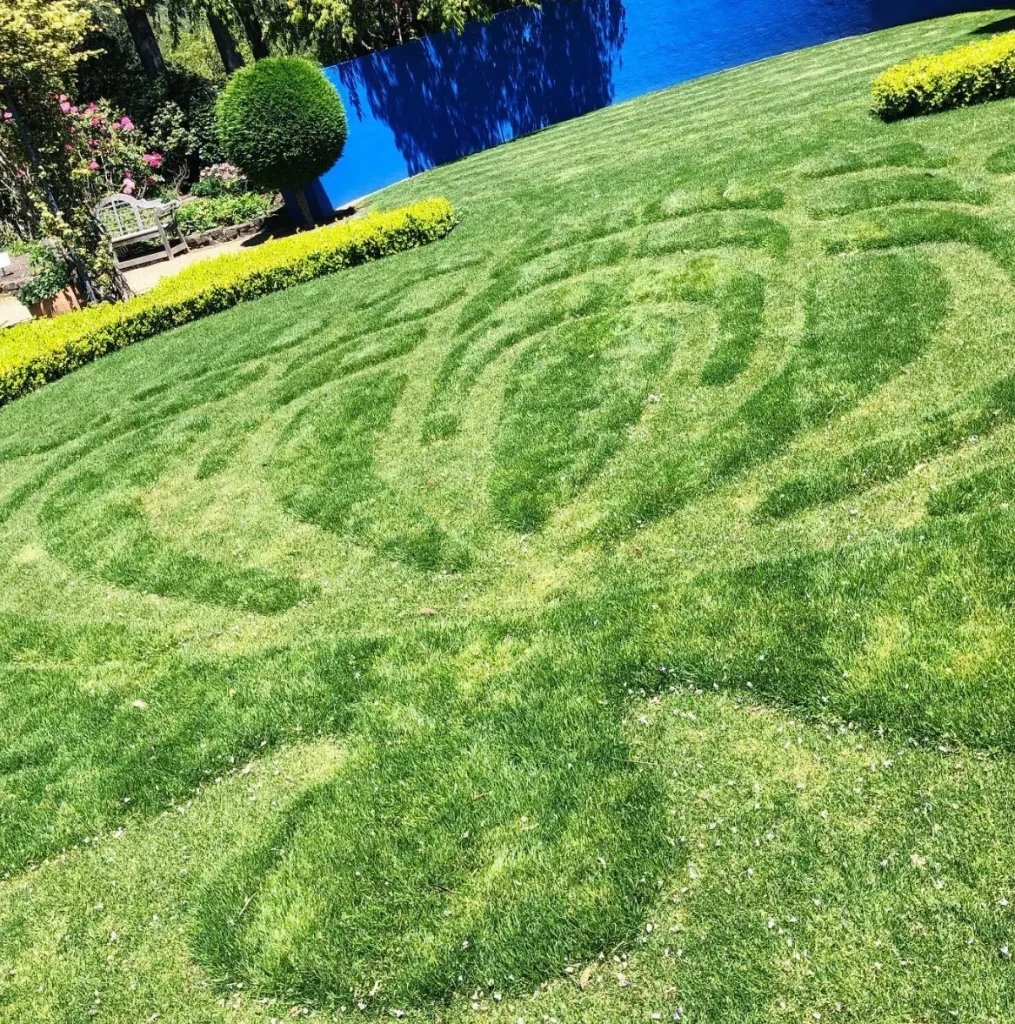
The gardens have diverse plantings, thanks in part to the peculiar climate and topography of the Blue Mountains. At an altitude of around 1000m or 3280 ft, the agricultural central valley of the Blue Mountains is cooler and gets more rain than the which surrounds the lowlands. This cool climate is perfect for growing many types of plants and species of alpine rainforest. The various climatic zones formed by ridges, valleys, and plateaus allows vegetation which consists of both dense tree ferns and deciduous trees as well as beautiful plants that are scarce and outlandish. The geographical features of the garden with its particular microclimates, soils and climate allows growing a remarkable collection of unique Australian or carnivorous and other rare types of plants as well as almost extinct.
History of the Blue Mountains Botanic Garden

Since its opening in 1972, the Blue Mountains Botanic Garden has grown in historical significance which has been associated with events in that same year. Six key aims underpin its establishment including those geared toward presentation and conservation of the indigenous flora of the area. At the same time, it has turned into important spot for practically focused and theoretical botanical sciences as well as for plant exhibitions. The engagement of many individuals is notable and one can particularly highlight the contribution of Edna Walling who ensured that the development of the garden was in harmony with the context of Australian landscape in the Blue Mountains. The botanical garden is also able to extend the collection and research of Australian and cool climate flora today.
Getting There
There is a part of the journey that involves getting to the Blue Mountains Botanic Garden. It is about 100 kilometers (62 miles) to the west of Sydney and has several roads going there, which include the scenic Bells Line of Road and a very scenic road through Mt Wilson. One can drive to the garden or use comfortable public transport trains and buses to get to the garden. The journey by road is nice the blue mountains are clearly seen together with the gospers mountain and jamison valley. Upon coming to the garden, there is adequate parking and the 18 hectare garden can be explored by the visitors.
Biodiversity of the Gardens’ Flora
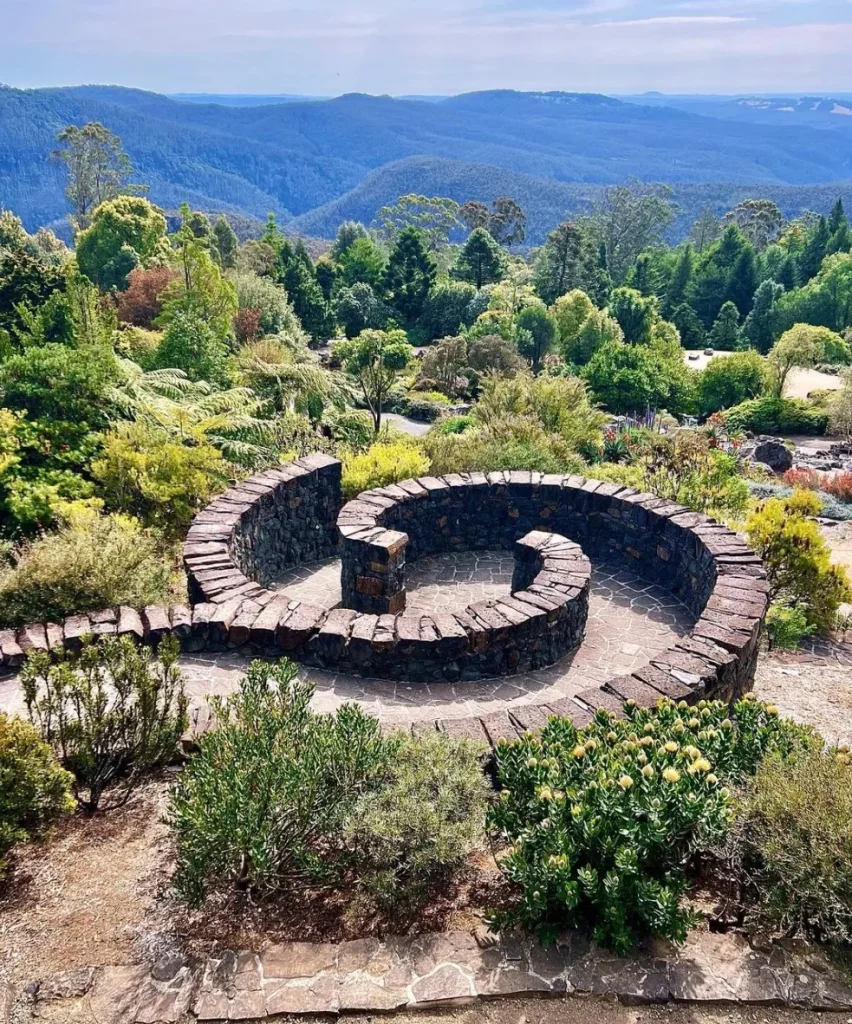
The Blue Mountains Botanic Garden contains great variety of plant species important to the geographical attributes of this region. The alpine section has cool climate shrubbery that is hardy while the lower vegetable portion has majority of the indigenous leaves. Notable structures include the Rock Garden composed of low-growing and sturdy perennial plants that thrive in stony areas and the Ornamental Gardens with both foreign and Australian plants. Additionally, the garden has timed exhibitions that change throughout the year to display different elements of the plant collections.
Table: Key Themed Gardens at Blue Mountains Botanic Garden
| Themed Garden | Key Features | Notable Plants |
|---|---|---|
| Rock Garden | Hardy plants, rocky terrain | Alpine plants, succulents |
| Ornamental Gardens | Decorative plants, colorful displays | Roses, exotic species |
| Rose Garden | Extensive rose collection | Hybrid teas, floribundas |
| Wild Wollemi Garden | Endemic species, ancient pines | Wollemi Pines, ancient flora |
| Fern House | Cool, shaded environment, lush ferns | Tree ferns, ground ferns |
| Aquatic Plants Collection | Water-loving plants, aquatic displays | Water lilies, lotus plants |
Australian Flora
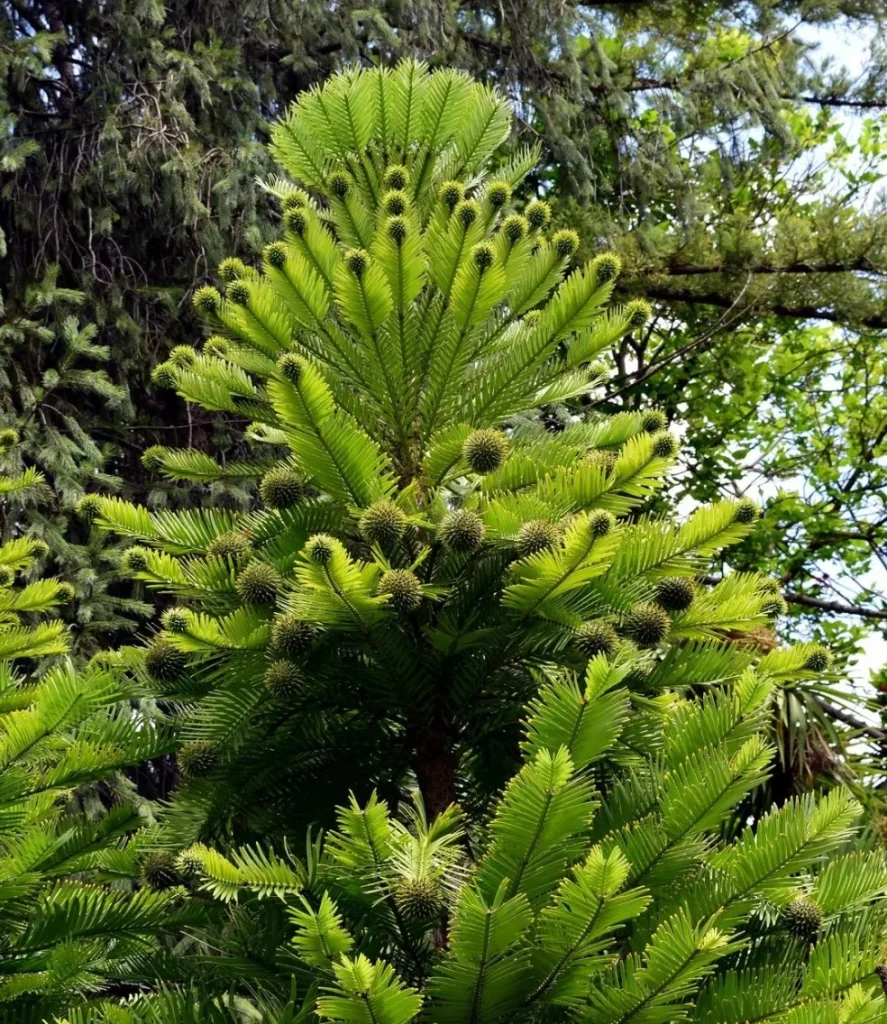
The Blue Mountains Botanic Garden houses one of the most comprehensive collections of Australian plants and s good show includes Wollemi Pines which is among the oldest and the rarest plant in the world together with other endemic plants of the area due to the climatic conditions. This is further evidenced by the appealing wildflowers as well as the tough hardy shrubs and trees which Australia’s sections have helped conserve and exhibit in an organised manner. This collection reflects the native vegetation of Australia as well as the importance of the roles played by these plants in the ecosystem and the need for their conservation.
Plants for Cool Climate
Within the garden, a number of cool climate plants which are a key component of the garden are well accommodated especially in the cool region of the Blue mountains. Of these are many species of tree ferns and varieties of alpine plants people see in the cool upper part of the garden. The cool-climatic collections of the plants in the garden also give visitors the opportunity of meeting with the various types of plants which are hardly seen in other Australian botanic gardens. Rare and striking plants which would not otherwise be grown under normal circumstances are cultivated in the garden enhancing the establishment of this garden as a premium site of cool climate horticulture.
Nature Therapy Walks
The unique landscape and features of the Blue Mountains Botanic Garden makes the nature therapy walks one of the most sought out activities. These professionally conducted nature therapy walks are more than just a stroll through the garden; they enable the visitors to meditate and enjoy the changing sceneries of the gardens. As they walk through the exquisitely landscaped gardens comprising the peaceful Fern House and the colourful Rose Gonzalez, the participants reap the therapeutic advantages that come with being close to nature. The walks are created so that one is able to have an intense experience with nature which results in inner calmness. These are good because you will be able to enjoy the flowering shrubs more and get relaxation from the environment.
Special Interest Group Tours
For those who are interested in specific branches of botany or horticulture, the garden provides for them special interest group tours. These special tours are offered to the visitors with special requests for example not all visitors are interested in history of the garden but some would like to learn about exotic plants. These are conducted by the guides who give detailed accounts of different medicinal plants kept within the gardens and the work they do in botanic research. These are great because both amateurs and professionals can learn more about how the gardens are maintained and what special activities are in place.
Guided Walking Tour
Guided walks are a favourite activity at the Blue Mountains Garden because they allow one to appreciate the garden’s landscapes and collections of plant materials. These tours are managed by trained professionals who explain the plant life, historical events and the ecosystem of the garden in detail. Visitors are able to appreciate the different types of gardens including the Rock Garden and the Wild Wollemi Garden learning about the garden’s horticultural principles and its efforts on conservation in the process. Due to where the tours are conducted, they are aimed at improving visitor satisfaction by offering operational and presentations skills.
Wildlife Spotting

While touring the Blue Mountains Botanic Garden, wildlife spotting is one of the exhilarating activities that one does. Due to the variety of plants, insect and even small mammals, birds and wild animals can find a home in the various habitats within the garden. Commonly, there are eastern yellow robins, superb fairy wrens and many other butterflies possible within the garden and its many outdoor spaces. The features of surrounding natural bushland and its creation of wildlife habitats encourages visitors to be delighted by Australian wildlife whilst plants collections within the garden are also appreciated.
Plan Your Visit
A visit to the Blue Mountains Botanic Garden requires careful advance planning with respect to factoring in elements to enhance one’s experience in the garden. The garden is open all year round but has seasonal displays and special events that provide different experiences throughout the calendar year. It is advisable for visitors to the garden to check their official website for current opening hours, the prices for admission, and the active programs planned as these may change from time to time. The garden has rich amenities such as picnic areas, a cafe, easily accessible pathways realizing the garden is equally interesting for visitors of all ages. However, sites with vast plant collections, virtual guided tours of the sites or liberalizing sites where gardens are placed require adequate preparation to avoid disappointments during one’s visit.
Conclusion
Green Australia is the one place that will wow every single nature lover. The Blue Mountains Botanic Garden, Mount Tomah, is a unique place where you will be exposed to various species of Australian plants within a beautiful environment. There is more to the garden, which includes breathtaking views, astonishing cool climate gardens, numerous collections of plants, environmental education, and all about the love of Nature. It is a place of great importance for the local people as well as for foreign visitors through its active collection and conservation of the Australian plant heritage. The facilities provided for the visiting public, such as themed gardens, guiding, and viewing, allow any visitor to enjoy the unusual beauty of the Blue Mountains Botanic Garden. In this case, they will have a good memory about Australia because this place is one of a kind.
FAQ
What are the key attractions of Blue Mountains Botanic Garden?
Main attractions are such as the Rock Garden, Rose Garden, Ornamental Gardens, Wild Wollemi Garden, Exotic and Australian native plant collections and other gardens that house cool zone plants and much more.
How do I get there?
The garden is roughly 100 kilometers (62 miles) in the Westerly direction from Sydney from the following day A few different approaches may be used. It is possible to drive using the Bells Line of Road or to take a bus service from one of the towns around.
When is the best period to visit the garden?
The best time to visit is during spring and autumn months when the garden’s seasonal displays are in their full glory. Although this is not the case as there is an open garden throughout the year and every season provides its distinct experiences.
Are there other tours offered aside from the above?
Yes, there are special interest group Blue Mountains tour and walking tours that offer valuable information concerning the plants in the garden as well as the history behind them.
Is it possible to see wildlife while at the garden?
Yes, the garden also has its population of native flora and fauna to mention some birds, insects and small animals. This aspect of the garden’s use is highly encouraged by the visitors.
